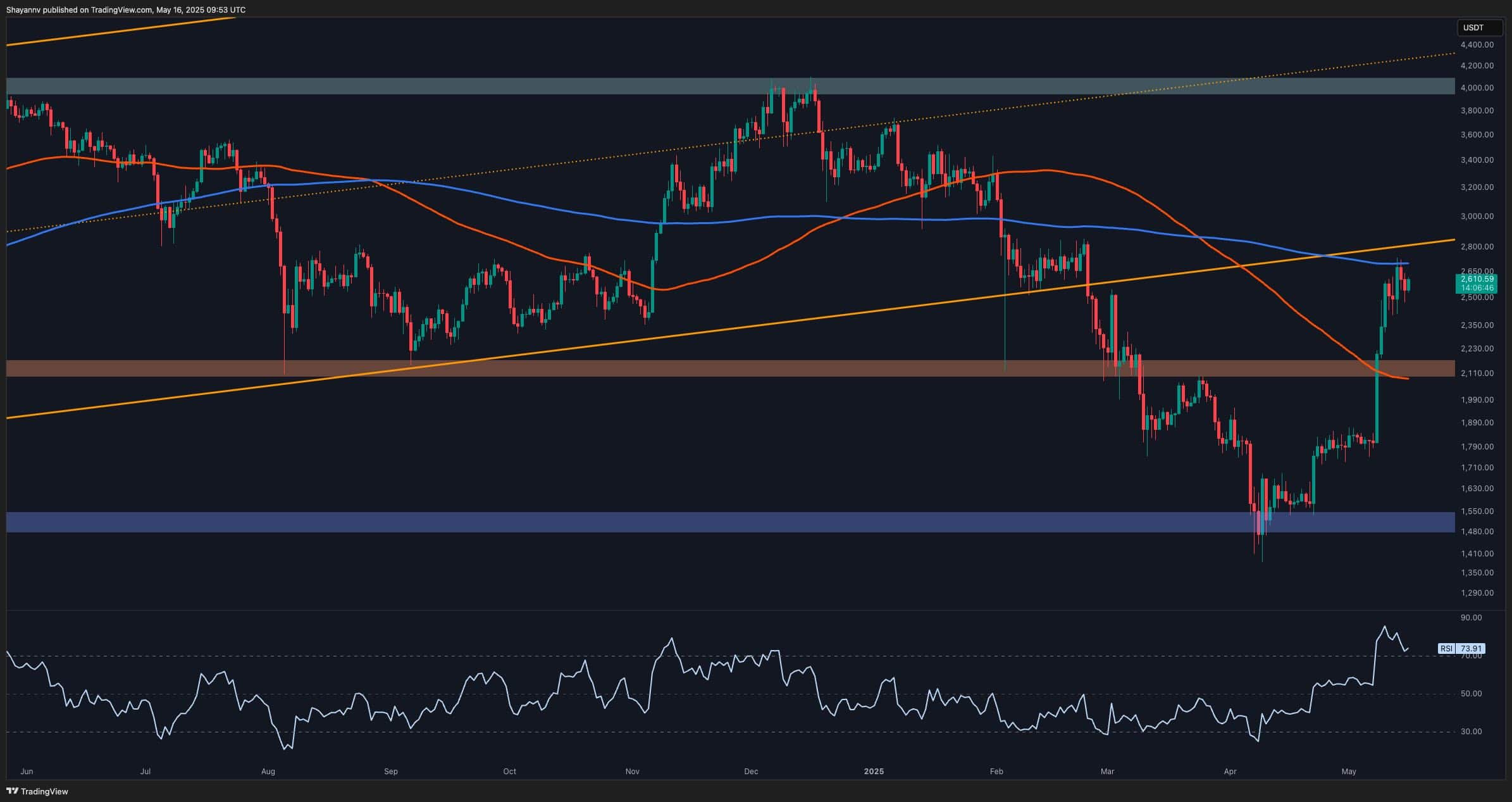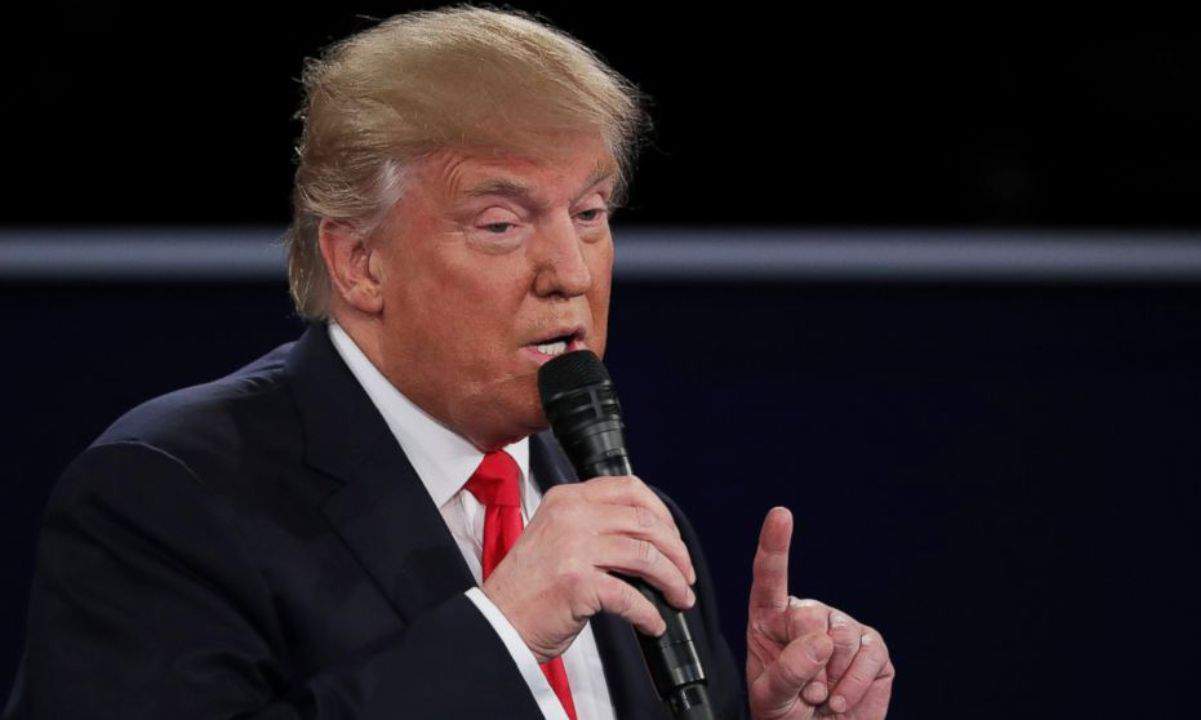Crypto, Crime, and the Cartel Connection: Uncovering the $378M Trail Between Chinese Fentanyl Suppliers and Mexican Drug Networks
Chainalysis revealed $378M in cryptocurrency transactions linking Chinese fentanyl suppliers to Mexican drug cartels. Explore how blockchain forensics uncovered the operation, the impact on regulation, and what crypto users and exchanges must do to fight illicit finance without compromising decentralization.

In a revelation that has shaken both the crypto and global law enforcement communities, blockchain analytics firm Chainalysis recently exposed over $378 million in cryptocurrency transactions directly linked to Chinese chemical suppliers of fentanyl and Mexican drug cartels. This investigative breakthrough underscores a dark and complex web connecting crypto finance, illicit drugs, and international crime syndicates.
As cryptocurrency adoption expands across industries, its misuse in underground markets reminds us that technology’s neutrality doesn’t exclude accountability. This deep-dive article explores the Chainalysis report, how blockchain was used to trace illicit flows, what it means for the future of crypto regulation, and how the crypto space can move forward responsibly — while still preserving decentralization and innovation.
Understanding the Chainalysis Investigation
In 2024 and early 2025, Chainalysis conducted an intensive blockchain-based investigation that revealed a massive crypto-financed supply chain between:
- Chinese chemical producers (supplying fentanyl precursors)
- Mexican cartels (converting these into street drugs)
- A decentralized payment system involving Bitcoin (BTC), Tether (USDT), and Ethereum (ETH)
Over $37.8 million was identified in direct crypto wallet transfers from known criminal organizations to chemical suppliers — and over $378 million in broader transaction networks was connected to illegal activity.
Key Findings:
- Wallets linked to fentanyl suppliers received $37.8M in crypto.
- An extended $378M trail was uncovered through associated addresses, indicating laundering, mixers, and re-distribution.
- Crypto payments helped mask identities and allowed these global operations to circumvent traditional banking systems.
You can explore more on Chainalysis’s official blog for raw data and case details.
The Global Fentanyl Crisis: Why It Matters
Fentanyl is an ultra-potent synthetic opioid. Just 2 mg — the size of a few grains of salt — can be lethal. It has become the leading cause of overdose deaths in the U.S., with over 110,000 fatalities in 2023 alone, according to the CDC.
How Crypto Facilitates the Trade:
- Anonymity: Payments made in privacy coins or through mixers allow senders and recipients to obscure their identities.
- Borderless payments: Crypto enables cross-border transactions without customs scrutiny or wire transfer flags.
- Darknet markets: Many chemical suppliers advertise and accept payment directly on the dark web using cryptocurrency.
In this case, the ability to trace wallet activity using blockchain analytics tools provided law enforcement with a trail — one that fiat currency never leaves behind.
How Chainalysis Traced the Crypto Trail
Step-by-Step Forensics:
- Transaction Mapping: Chainalysis identified crypto wallets associated with known chemical suppliers in China.
- Network Analysis: Using blockchain forensics, they tracked transaction patterns, recurring payment behaviors, and cross-wallet transfers between suppliers and drug distributors.
- Exchange Flagging: Funds were routed through major crypto exchanges — sometimes even KYC-compliant ones — using privacy-enhancing techniques like coin mixers.
- On-chain vs Off-chain Collusion: The investigation revealed that many payments were on-chain, meaning that wallet interactions could be fully analyzed and tagged.
- Time-Stamped Clusters: Transactions coincided with known cartel activities and fentanyl precursor shipments — validating the linkage with real-world crime events.
Real Use of Blockchain Transparency
Ironically, blockchain’s immutability helped expose the operation. This shows that crypto is traceable — just not through traditional banking tools.
Platforms like TRM Labs and Elliptic are also helping governments track illicit finance by leveraging blockchain data.
???????? The Mexican Cartel Connection
The Mexican cartels, especially Sinaloa and CJNG, have been heavily reliant on synthetic opioids for the past decade. With Chinese precursors delivered via shipping or intermediaries, these cartels run massive operations converting chemicals into pills or powder.
How crypto helps cartels:
- Hides source of funds.
- Enables quick payments for precursor shipments.
- Allows laundering via unregulated or offshore exchanges.
- Uses peer-to-peer crypto platforms to avoid centralized records.
Chainalysis revealed that cartel wallets used USDT on the Tron network, due to its low fees and fast settlement, making it harder to trace via traditional forensic tools.
The Impact on Crypto’s Public Image
Cryptocurrency advocates often argue that “blockchain is for freedom”, and they’re not wrong — but freedom without oversight opens doors to abuse.
This case presents a major challenge for the crypto space:
- Mainstream media headlines now associate crypto with fentanyl and cartels.
- Regulators are demanding stricter compliance and AML enforcement from exchanges.
- Public trust — especially among non-crypto natives — is taking a hit.
Why This Doesn’t Mean Crypto Is Inherently Bad
It’s critical to separate the tool from the user. Crypto didn’t create the fentanyl trade. It simply offered new channels to move value — just like email enabled both family chats and spam scams.
Context Matters:
- Over 99.5% of crypto volume is legal, per Chainalysis’s 2023 Crypto Crime Report.
- Fiat currency remains the number one vehicle for money laundering globally.
- Criminals have long used traditional banking to fund illegal operations — from wire fraud to shell companies.
In fact, the very act of tracing this $378M was only possible because of blockchain transparency — something nearly impossible with cash or offshore wire transfers.
Practical Recommendations: How to Reduce Crypto Crime Without Killing Innovation
As a crypto advocate, I believe we can build a safer, smarter ecosystem. Here’s what regulators, exchanges, and users can do:
✅ 1. Exchanges Must Improve KYC/AML Systems
No more turning a blind eye.
- Implement advanced identity verification.
- Use real-time blockchain monitoring tools (like Chainalysis or Elliptic).
- Freeze and report suspicious transactions.
✅ 2. Government Collaboration With Analytics Firms
Authorities should:
- Hire blockchain experts, not just legacy auditors.
- Work with companies like CipherTrace and Chainalysis for active monitoring.
- Push for global AML standards.
✅ 3. Build Better Privacy + Security Tools
We must balance privacy with responsibility.
- Encourage the development of "opt-in traceability" on privacy chains.
- Support projects that enable compliant DeFi.
- Audit smart contracts for money laundering loopholes.
✅ 4. Educate the Public
Many newcomers don’t understand how criminals exploit crypto. It’s time we educate:
- Crypto is not fully anonymous.
- Using mixers or “peeling chains” can put you under legal scrutiny.
- Read reputable guides, like those on CryptoRadar.in, before using new platforms or wallets.
Real-World Lessons From Blockchain Forensics
Here’s what we learned:
- Blockchain doesn’t lie.
- Every transaction is recorded forever — you just need the tools to read them.
- Criminals often recycle addresses, making them vulnerable to pattern tracking.
- The “privacy” of crypto is only effective against weak enforcement — not against advanced forensics.
What This Means for the Future of Crypto Regulation
Expect More Oversight
- The U.S. Treasury and DOJ are pushing new compliance standards.
- The EU’s MiCA regulation (Markets in Crypto-Assets) sets a template for KYC enforcement.
- The FATF Travel Rule is being implemented globally to enforce identity sharing across exchanges.
More Scrutiny of Stablecoins
- USDT and USDC are under watch — especially when used on chains like Tron.
- Regulators may force on-chain AML features or partner with analytics firms.
- Some stablecoin issuers are building compliance layers proactively to stay ahead of crackdowns.
Institutional Impact
Short-Term: FUD (Fear, Uncertainty, Doubt)
- Headlines scare off casual investors.
- Platforms may de-list privacy coins like Monero (XMR) or Zcash (ZEC).
- Liquidity dips due to uncertainty.
Long-Term: Cleaner, More Legitimate Ecosystem
- Institutional trust improves as bad actors are flushed out.
- Regulated DeFi platforms may emerge with AML-native smart contracts.
- Public image improves as blockchain success stories outweigh dark-web narratives.
International Implications
- China may face pressure to regulate chemical exports more aggressively.
- Mexico may adopt crypto compliance protocols tied to cross-border trade.
- G20 nations are aligning on crypto surveillance frameworks to tackle transnational crime.
How Blockchain Is Both the Problem and the Solution
This case is the ultimate paradox: crypto enabled the fentanyl trade — but also exposed it.
The Takeaway?
We must refine the tools, not destroy them. Like the internet before it, blockchain will evolve through:
- Better policies
- Smarter users
- Strong developer communities
Tools Crypto Users Should Know
Whether you're an investor or developer, here are platforms that promote safe and transparent blockchain usage:
- Chainalysis Reactor
- CryptoQuant
- Coinfirm
- CryptoRadar — for comparing trusted crypto exchanges and wallets
Conclusion: What This Case Tells Us About Crypto’s Future
The $378 million crypto fentanyl trail exposed by Chainalysis isn’t just a scandal — it’s a turning point.
It proves two things:
- Blockchain can be misused, just like cash or the internet.
- But blockchain is also the best tool we have to uncover that misuse.
This story should not spark a ban on crypto — it should spark smarter innovation, stronger oversight, and most importantly, a culture of ethical use in Web3.
By addressing the dark corners of the blockchain world head-on, we don’t destroy decentralization — we protect it.
Author: CryptoRadar Team
Experts in Cryptocurrency, Blockchain Forensics, and DeFi Regulation.
What's Your Reaction?


























